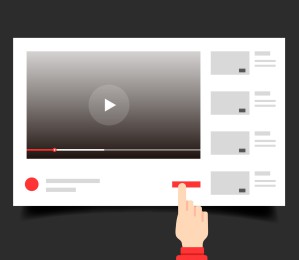- 02
- FEB
About Career Public School
CAREER PUBLIC SCHOOL is one of the best private schools in, Korba Chhattisgarh. It was established in the year 1988 under the leadership of Mr.Vishnu Rajoria, Founder Chairman.
Mr. Vishnu Rajoria envisioned an institution to impart knowledge that changes the outlook of the future generation. A school that builds character and career too.
Over the years, Career Public School, Korba has successfully achieved the founder’s vision and continues to impart an education that establishes individual growth along with contribution to the nation’s growth.
Instilling discipline, physical fitness, and the interest to read the school is proud of its achievements. The continues excellent results in board exams, inter-school competitions, and the esteemed alumni are evident examples of the school’s success.
This is why Career Public School is regarded as the best private school in Korba, Chhattisgarh.
One of the many milestones achieved was in the year 2012 when Career Public School was relocated to its current central location in the Korba district of Chhattisgarh. This decision was taken because of the growing demand for quality education by students and parents. Being centrally located makes the school accessible to more students.















